In today's automotive industry, a wave of transformation is surging. Especially as the industry gears up for electrification and intelligence, a storm of resource reorganization is sweeping through. From Geely Holding Group announcing the merger of Geely Auto with Zeekr Intelligent Technology, to SAIC Group integrating five companies into a 'large passenger vehicle sector'; from GAC Group's overhaul of its R&D system, to NIO incorporating its sub-brands into the main brand system; from Chery establishing four business units to clarify its brand matrix, to Great Wall Motors changing its brand logo and Dongfeng Motor establishing Yipai Automotive Technology Company... these concentrated actions of integration by car manufacturers sketch a survival picture during the industry's transition period. These moves are not isolated but are strategic choices made to adapt to the new market landscape and technological trends against the backdrop of a global automotive industry transformation. The integration wave is driven by multiple factors: the intense market competition forces car manufacturers to consolidate their resources to enhance competitiveness in a rapidly expanding new energy vehicle market, the need for technological advancement requires pooling R&D resources, and the strategic focus on core automotive business leads companies to reevaluate their brand positioning. This integration will reshape the competitive landscape, optimize resource allocation, and accelerate technological innovation. As the integration continues, the automotive industry's structure will evolve, pushing the industry towards greater efficiency, innovation, and quality, ultimately benefiting consumers with better and more diverse automotive products and services.
The Wave of Integration in the Automotive Industry: Strategic Choices Amidst Change
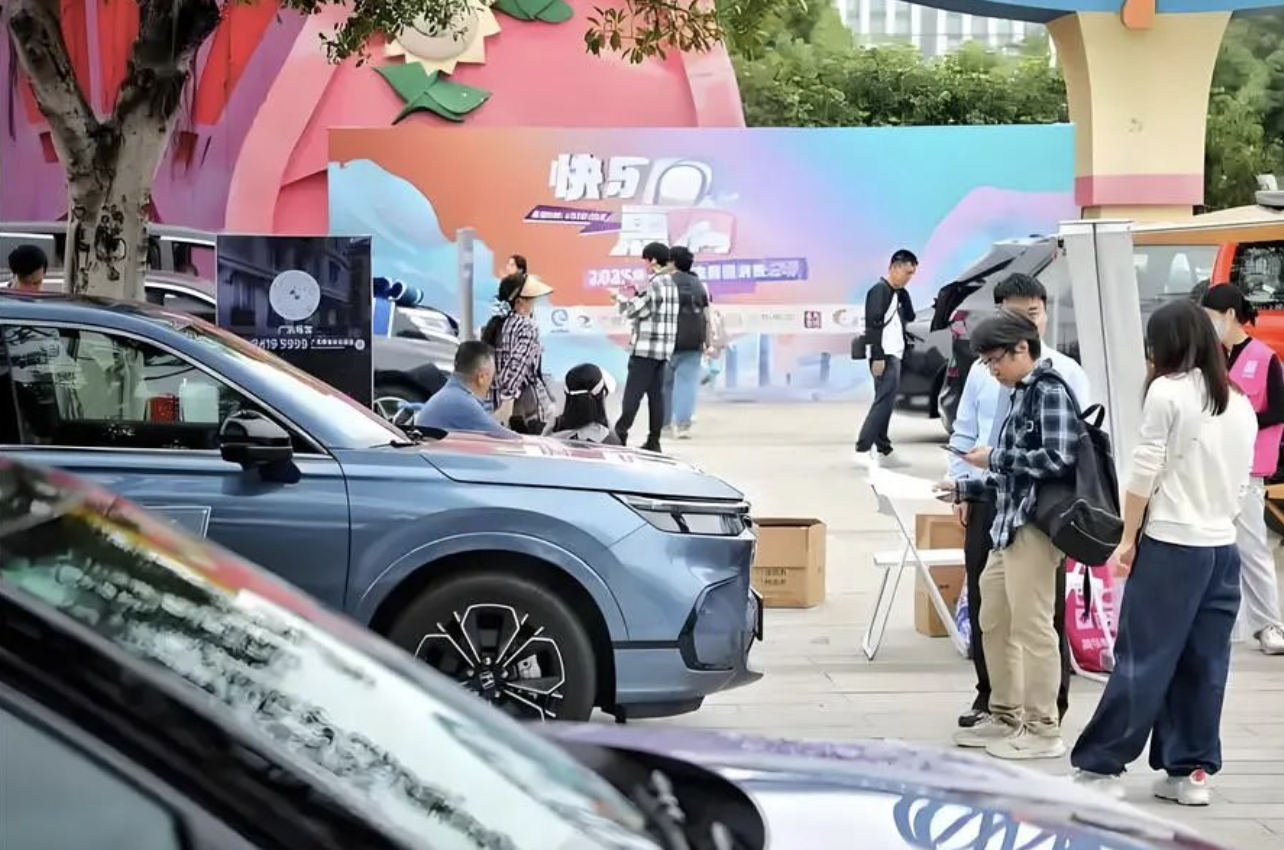
Images
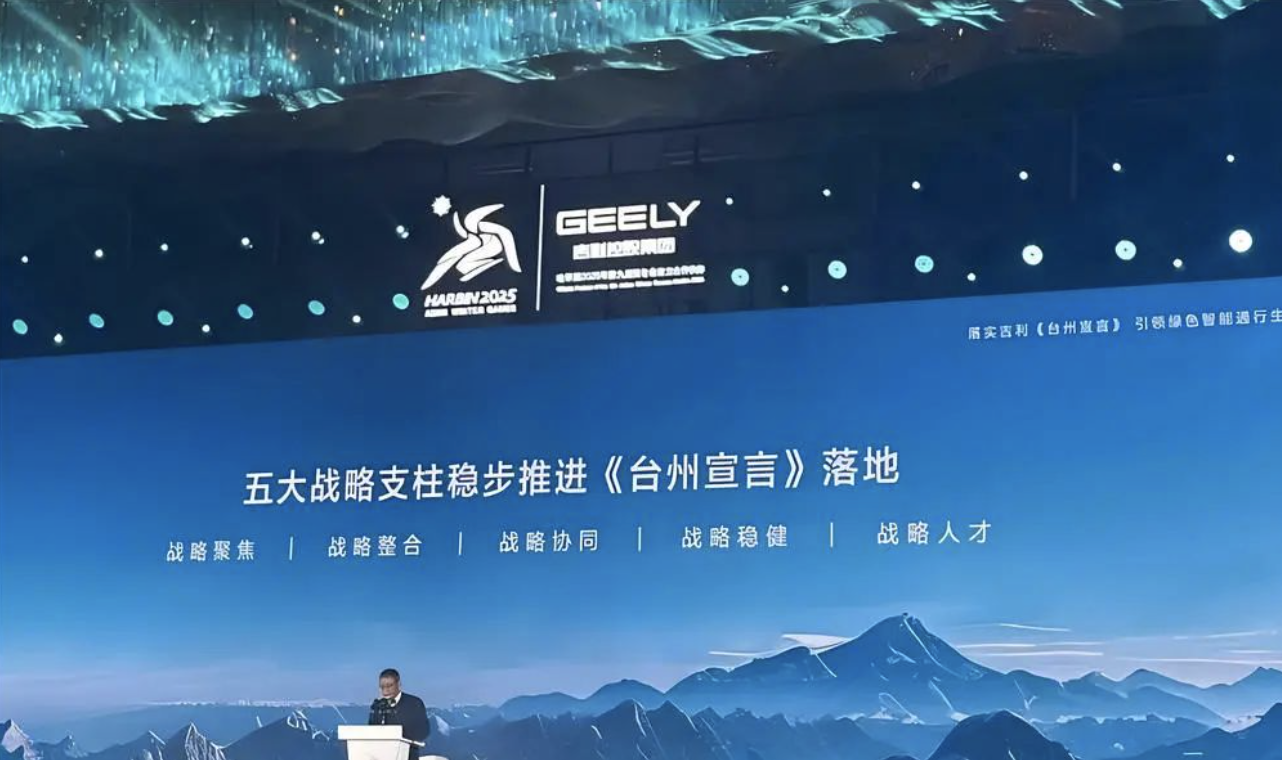
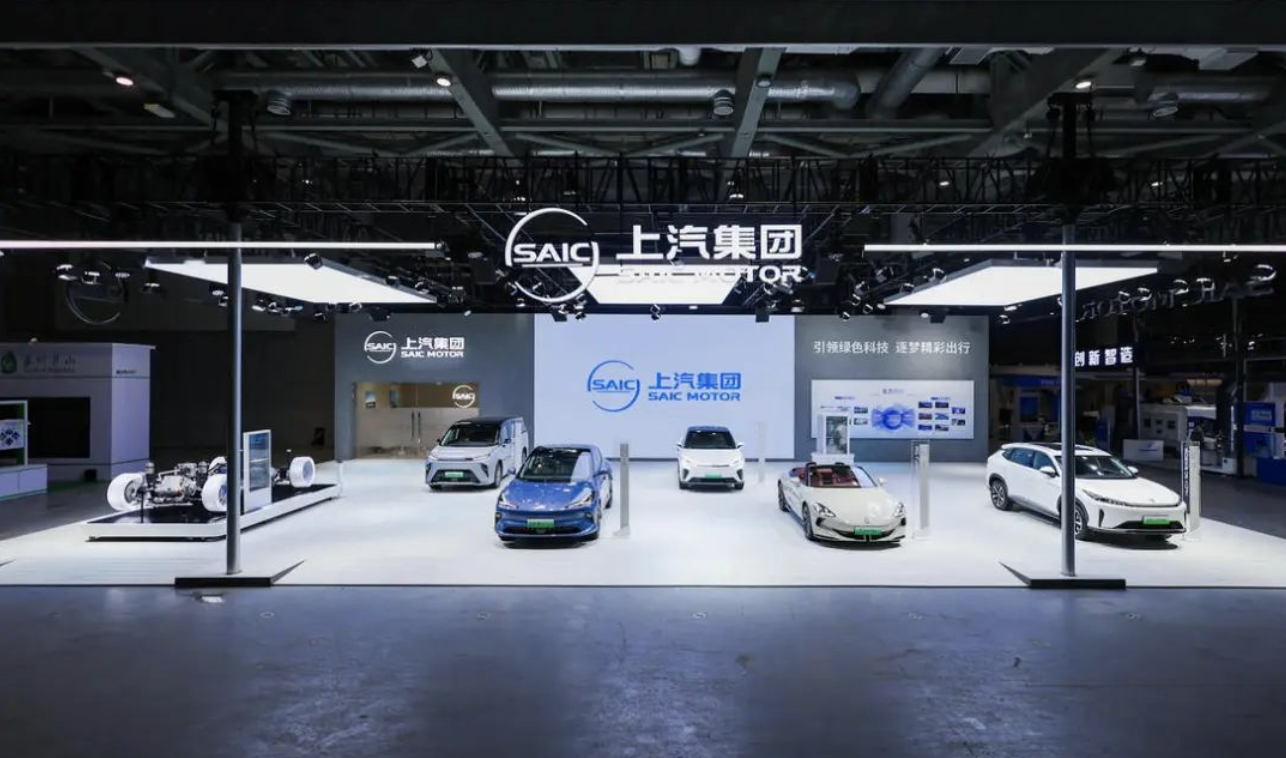
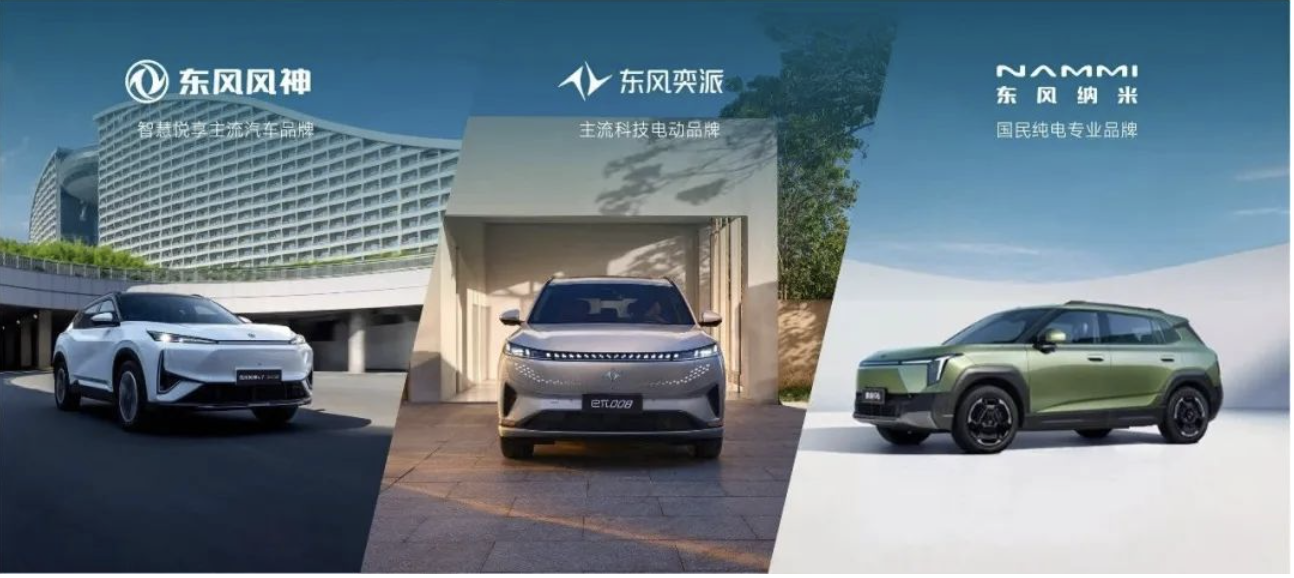

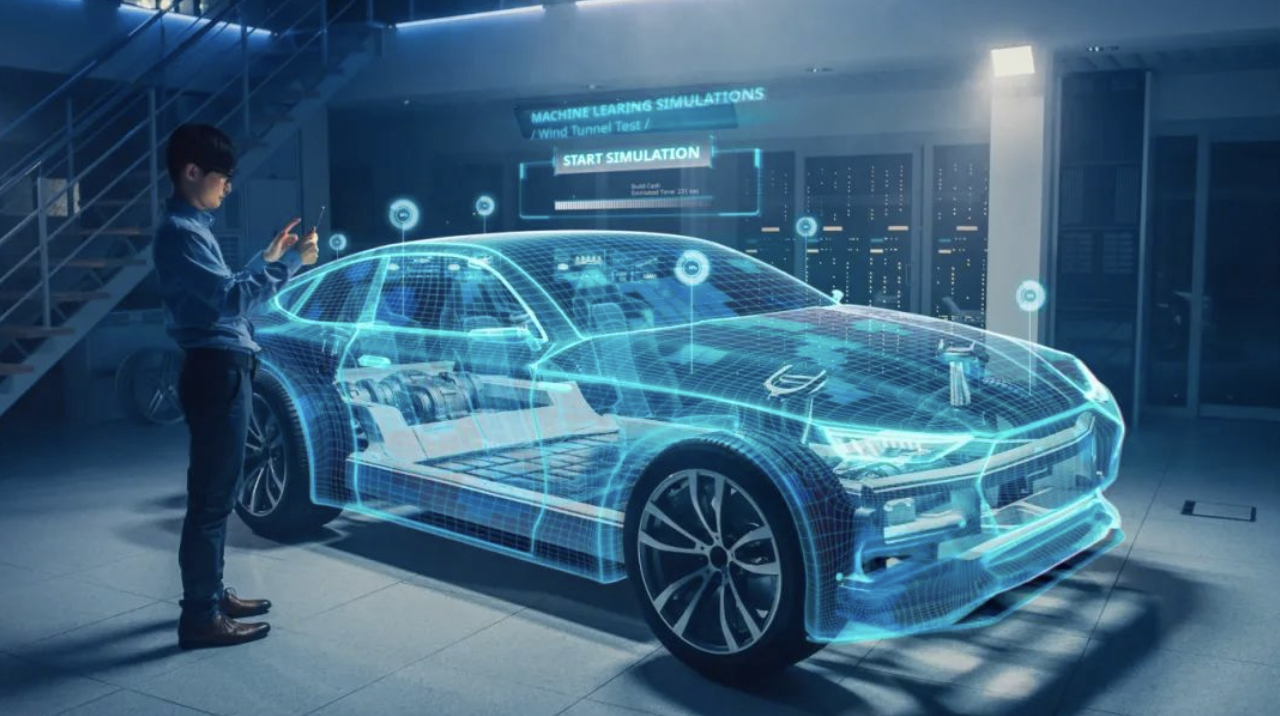
Share this post on: